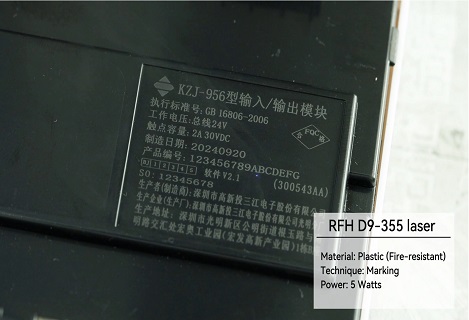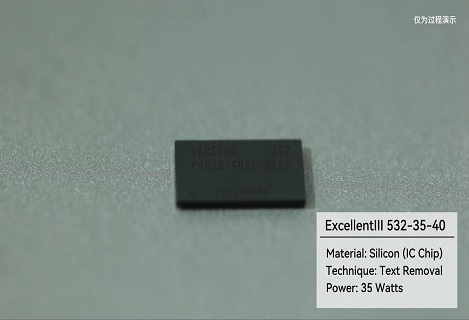
UV laser cold sources are an essential component in SLA 3D printing technology. They provide the necessary energy to solidify liquid resin into a solid object layer by layer.

In SLA 3D printing, a UV laser is used to selectively cure liquid resin, creating intricate and detailed 3D objects. The cold source, in this case, refers to the laser system that generates the UV light required for the curing process.
One popular type of UV laser cold source used in SLA 3D printing is the solid-state laser. These lasers emit UV light at a wavelength of around 355nm, which is ideal for curing most UV-sensitive resins. The solid-state laser technology offers high power output and excellent beam quality, ensuring precise and accurate curing.
Another type of UV laser cold source used in SLA 3D printing is the diode-pumped solid-state (DPSS) laser. DPSS lasers are known for their high efficiency and reliability. They use a combination of diode lasers and crystal materials to generate UV light at a wavelength of 355nm. This wavelength is well-suited for curing UV-sensitive resins commonly used in SLA 3D printing.
The choice of UV laser cold source depends on various factors, including the specific resin being used, the desired curing speed, and the overall printing requirements. Manufacturers of SLA 3D printers often provide recommendations for compatible laser sources to ensure optimal printing results.
In conclusion, UV laser cold sources play a crucial role in SLA 3D printing by providing the necessary energy to cure liquid resin into solid objects. Solid-state lasers and diode-pumped solid-state lasers are commonly used as UV laser cold sources due to their efficiency and reliability. These laser systems emit UV light at a wavelength of 355nm, which is ideal for curing UV-sensitive resins.




































